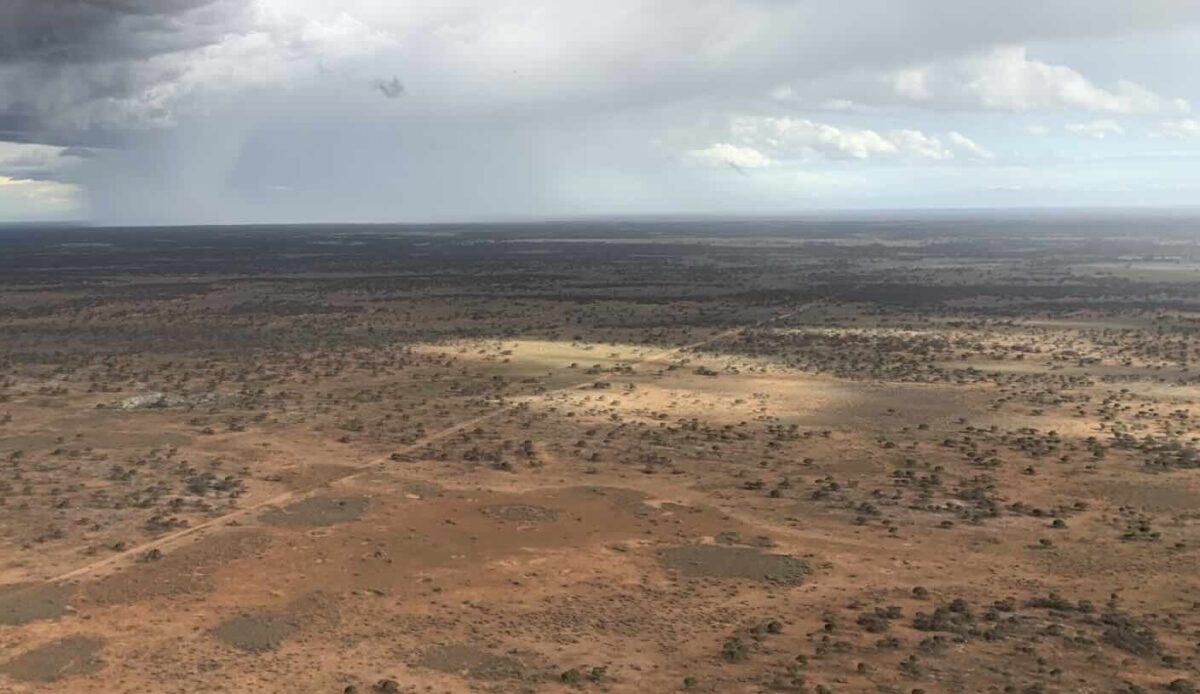The international consortium behind the proposed Western Green Energy Hub (WGEH), a 70 GW renewable energy generation and green hydrogen production facility proposed for Western Australia’s southern coastline, has lodged its application with the state’s Environmental Protection Authority (EPA) for approval.
The WGEH, a joint venture proposal of Hong Kong-based developer InterContinental Energy, Europe-headquartered CWP Global, and WA’s Mirning Green Energy, is to comprise 70 GW of solar and wind generation, up from 50 GW as previously planned, developed in stages to power electrolyzers to produce green hydrogen for both domestic consumption and export.
The developers plan to install up to 60 million PV panels spread across 35 solar farms slated for more than 22,000 square km in southeastern Western Australia. The project will also feature up 3,000 wind turbines, ranging from 7 MW to 20 MW.
These generation assets will be arranged into ‘nodes’, each comprising about 2 GW to 3 GW of solar and wind renewable power, with an approximately 1.5 GW hydrogen electrolyzer sited centrally within each node.
The developers said that when fully developed, the project could annually generate more than 200 TWh of renewable energy, “dependent upon the mix and size of its wind and solar farms.”

“This is similar in magnitude to Australia’s current total generation and provides a major opportunity for domestic and international green fuel supply, and ultimately domestic power distribution,” the proponent said.
The developers said the low-cost clean energy could be used for a “multitude of applications,” including the potential to produce approximately 3.5 million tons of green hydrogen per year for use locally, regionally and internationally. Green ammonia is proposed as the base case for product export.
Other components of the project include data centers, workshops and fabrication facilities, a workers’ village capable of accommodating up to approximately 8,000 residents, and an infrastructure corridor to the coast.
The coastal and offshore components comprise a marine offloading facility, desalination plant, brine pipeline and an ammonia (or other vector) export pipeline.

It is expected the WGEH will be implemented over a nominal seven stages with the developers having previously told pv magazine that a final investment decision on the estimated AUD 100 billion ($65.58 billion) project is expected in 2029 with first production anticipated about 2032.
The submission of the project for environmental approval come after WGEH recently signed a collaboration agreement with Korea Electric Power Corp. (KEPCO) to support the project’s development.
The agreement provides for a full feasibility study that would guide further development work on the first stage of the project, which is expected include about 6 GW of solar and wind that would power electrolyzers capable of producing up to 330,000 tons of green hydrogen per annum.
This content is protected by copyright and may not be reused. If you want to cooperate with us and would like to reuse some of our content, please contact: editors@pv-magazine.com.




By submitting this form you agree to pv magazine using your data for the purposes of publishing your comment.
Your personal data will only be disclosed or otherwise transmitted to third parties for the purposes of spam filtering or if this is necessary for technical maintenance of the website. Any other transfer to third parties will not take place unless this is justified on the basis of applicable data protection regulations or if pv magazine is legally obliged to do so.
You may revoke this consent at any time with effect for the future, in which case your personal data will be deleted immediately. Otherwise, your data will be deleted if pv magazine has processed your request or the purpose of data storage is fulfilled.
Further information on data privacy can be found in our Data Protection Policy.